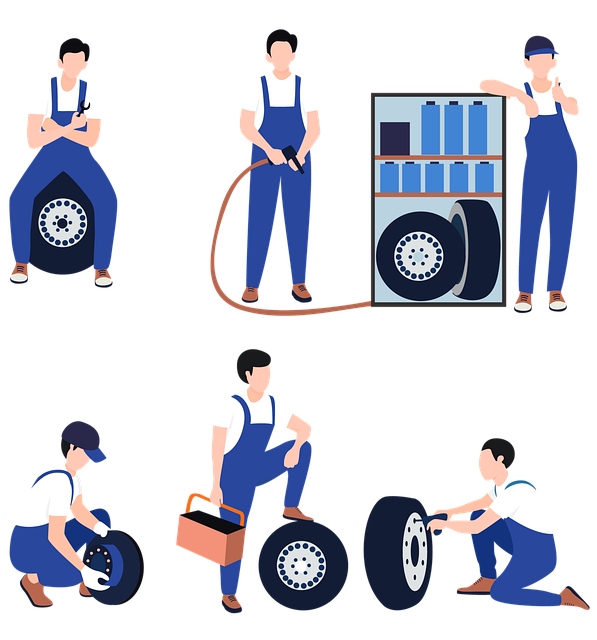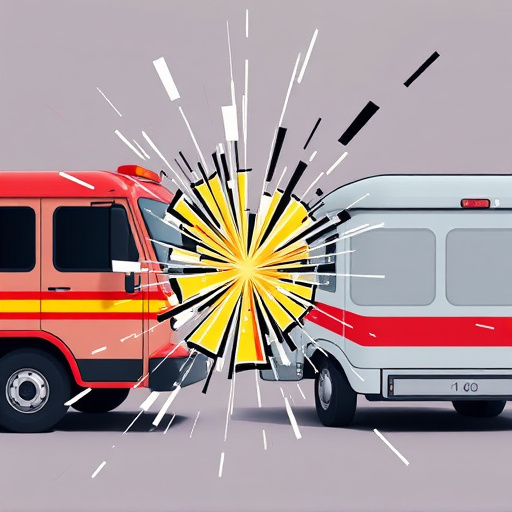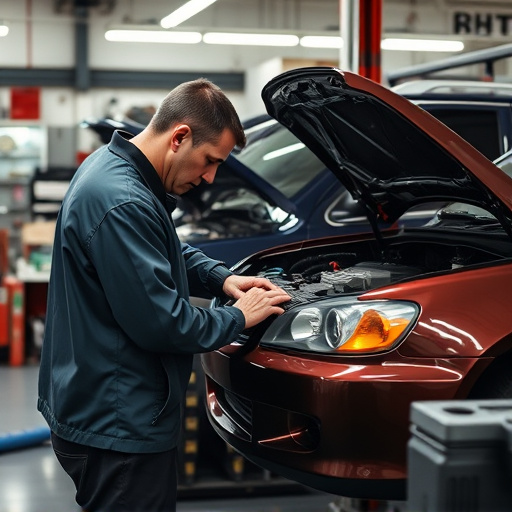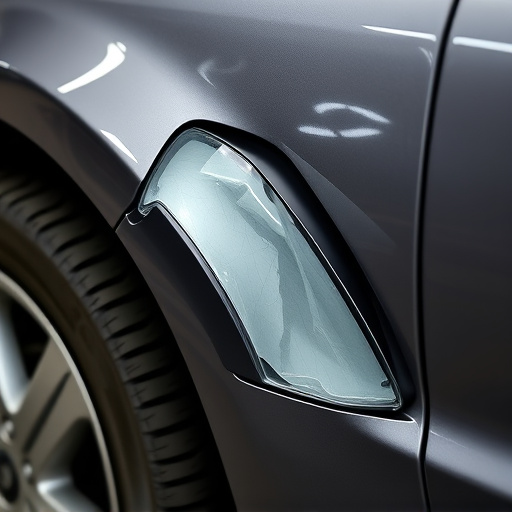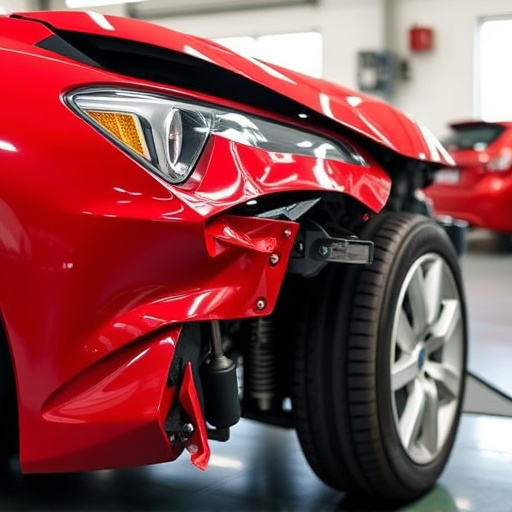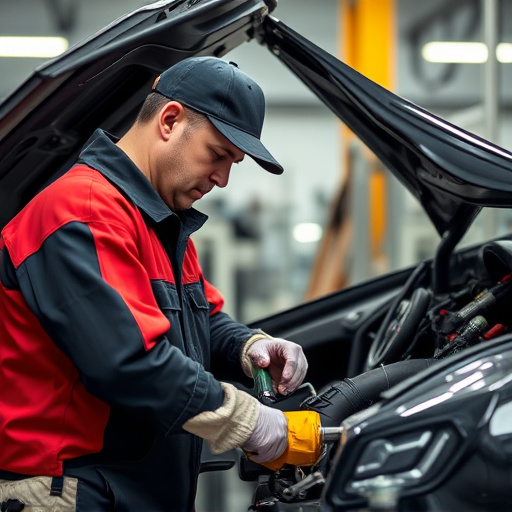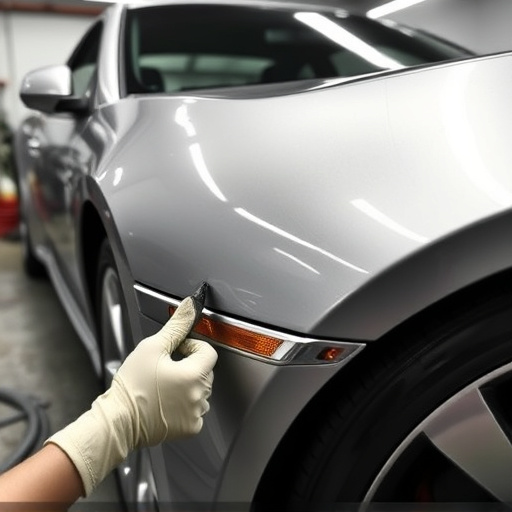After a minor crash, check for visual distortions in wheels and tires, pull to one side while driving, or unusual noises during acceleration/turning. Look for fluid leaks from wheels, suspension, or axle assembly, indicating damaged components needing immediate attention. Perform a thorough visual inspection for misalignments, gaps between wheels, and signs of impact or deformation. Early detection through these cues facilitates prompt axle repair after an accident, ensuring vehicle safety and minimizing costly repairs.
After a minor crash, it’s crucial to check for potential axle trouble. This isn’t just about major damage; subtle signs like unusual noises or leaks could indicate serious issues. Even if your vehicle passed a quick road safety inspection, regular visual checks are essential for axle repair after an accident. Learn to recognize common damage—from misalignment to structural weaknesses—to ensure safe driving and prevent further complications.
- Recognizing Common Axle Damage After a Crash
- Checking for Leaks and Unusual Noise
- Visual Inspection: Signs of Axle Misalignment
Recognizing Common Axle Damage After a Crash
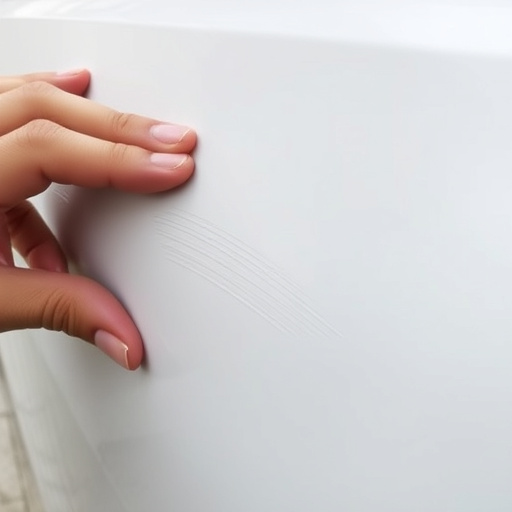
After a minor crash, recognizing common axle damage is crucial for proper safety and efficient axle repair after accident. Common signs include visual distortions or misalignments in the wheels, tires, or suspension components. The vehicle might pull to one side while driving, or you may notice an unusual noise coming from the axles during acceleration or turning. These symptoms often indicate issues with the axle bearings, shafts, or joints.
Inspecting for damage is just the first step; if you suspect any collision damage repair or paintless dent repair is needed, it’s best to consult a professional mechanic. They can perform thorough checks and diagnose more complex problems that may not be immediately apparent. Prompt attention to potential axle issues ensures safer driving conditions and helps prevent more severe damage down the line.
Checking for Leaks and Unusual Noise
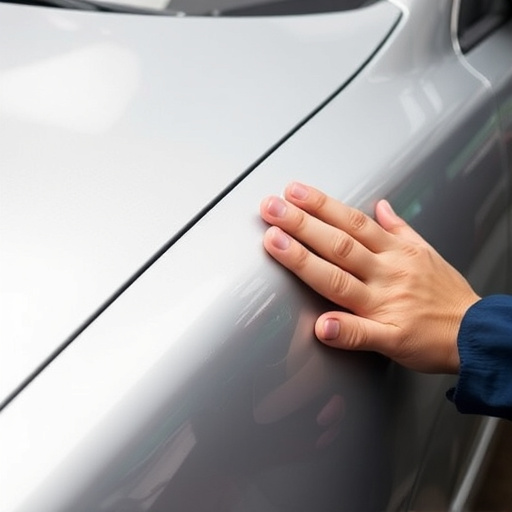
After a minor crash, one of the first steps in assessing potential axle trouble is to perform a thorough inspection for any leaks or unusual noises. Leaks can indicate damage to the axle components, such as bearing cups, seals, or axles themselves. If you notice fluid leaking from the wheels, suspension, or anywhere along the axle assembly, it’s a clear sign that further investigation and potentially axle repair after accident is necessary.
Unusual noises coming from your vehicle during operation can also signal problems with the axles. Squealing, grinding, clicking, or thumping sounds might suggest worn-out bearings, sheared CV joints, or damaged axle shafts. These symptoms require immediate attention from an automotive body shop or experienced mechanic to prevent further damage and ensure safe driving conditions. Early detection of these warning signs can help in effective vehicle collision repair and minimize the need for more extensive—and costly—automotive repairs down the line.
Visual Inspection: Signs of Axle Misalignment
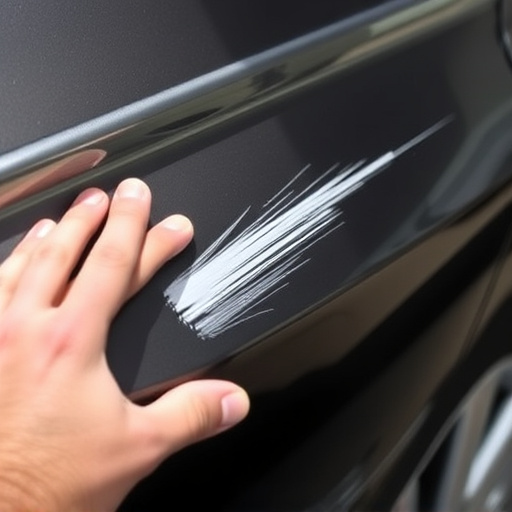
After a minor crash, many drivers might be tempted to overlook potential issues, but performing a thorough visual inspection is crucial for identifying early warning signs of axle trouble. One key aspect to look out for is any visible misalignment in the axles. Signs of this can include uneven tire wear patterns, where one side of the tire appears more worn than the other; or noticeable gaps between the wheels and the fenders. These indicators suggest that the axle may have been bent or damaged during the collision.
During your inspection, also pay close attention to any visible damage or deformation in the wheel wells, fenders, or surrounding components. If there are signs of impact or misalignment, it could point towards a more significant issue with the axles and steering system. Don’t forget to check for any leaks from the axle bearings or joints, as this can be an early sign of wear and tear, especially if accompanied by unusual noises while turning or driving at low speeds. Prompt attention to these visual cues can help in facilitating timely axle repair after an accident, ensuring your vehicle’s safety and performance.
After a minor crash, paying close attention to potential warning signs of axle trouble is crucial for ensuring safe driving and preventing further damage. Regular checks for leaks, unusual noises, misalignment, and other common issues can help you catch any problems early on. Remember that prompt axle repair after an accident is key to maintaining vehicle safety and performance, so don’t overlook these indicators.
